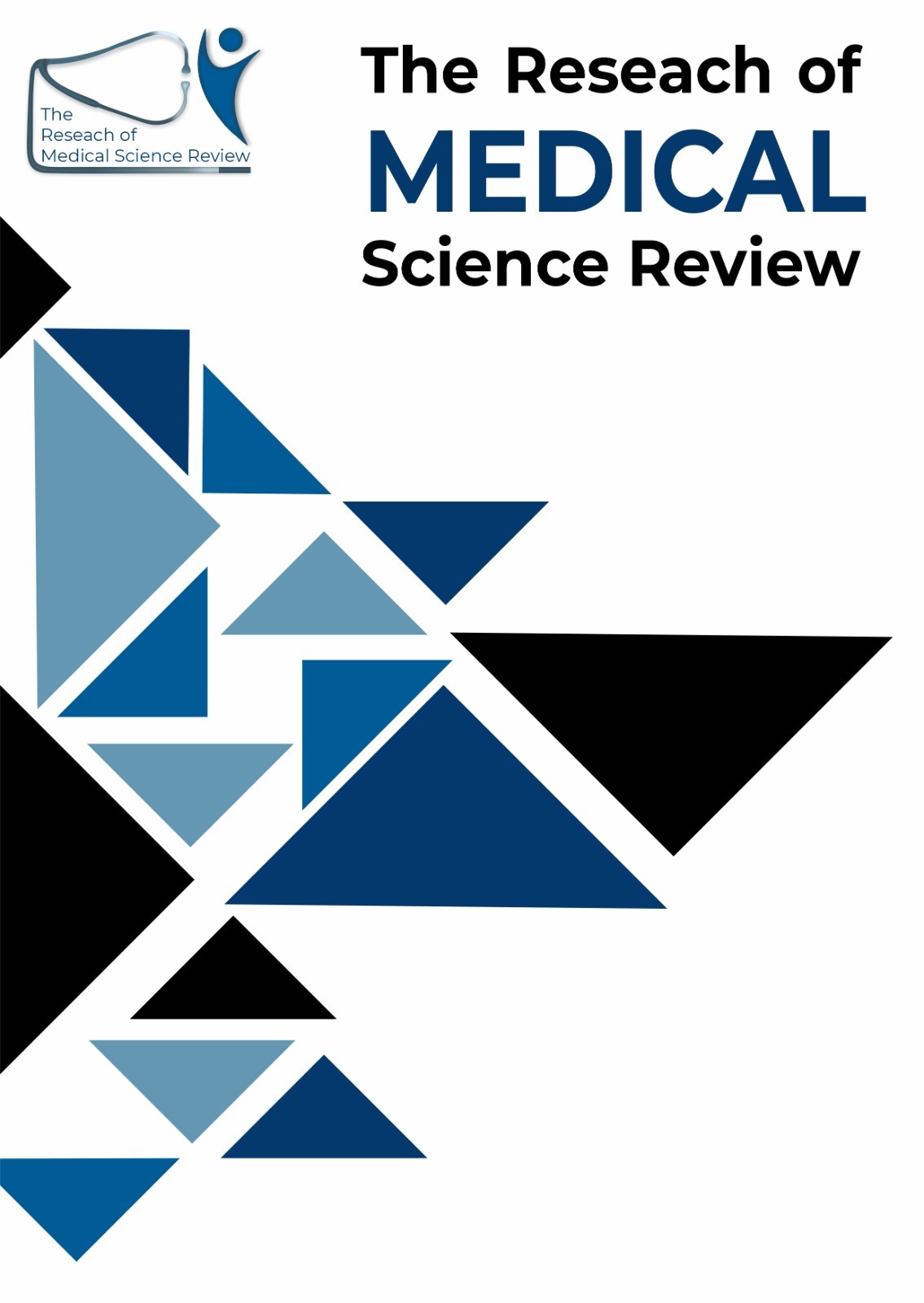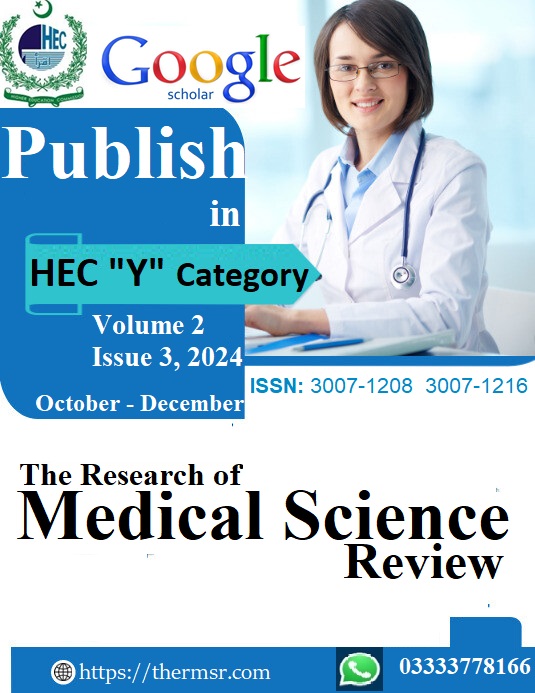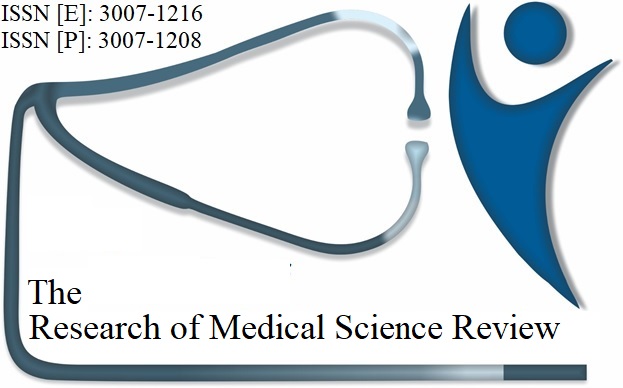DRUG PATTERN OF HOSPITAL AND COMMUNITY-ACQUIRED METHICILLIN-RESISTANT STAPHYLOCOCCUS AUREUS
Keywords:
Methicillin resistant Staphylococcus aureus, hospital acquired MRSA, community acquired MRSA, antimicrobial patternAbstract
Background: Methicillin resistant Staphylococcus aureus becomes one of the most common causes of nosocomial infections and serious hospital-acquired infections in developing countries.
Objectives: The objective of this study was to determine the drug pattern of hospital and community-acquired methicillin resistant Staphylococcus aureus.
Methodology: This cross-sectional study was conducted from June 2024 to November This study enrolled one hundred and seventy two patients having MRSA infection and both males and females of all age groups. After obtaining verbal informed consent, different clinical samples were collected from patients from the infectious site. MRSA isolates were recovered from the clinical specimens from patients presented to the tertiary care hospital. Further antimicrobial susceptibility testing was done according to the CLSI 2024 guidelines by Kirby-Bauer disc diffusion method. The collected data was analyzed by the IBM SPSS software.
Results: From total 172 patients, 59.30% were males and 40.69% were females. In total MRSA, 70.34% were hospital acquired while 29.65% were community acquired. Most HA-MRSA was isolated from pus (57.85%), and wound swab (24.79%) followed by others. The most CA-MRSA also isolated from pus (60.78%), and (27.45%) followed by other clinical specimens. Pencillin, amoxicillin, ciprofloxacin, cotrimoxazole, erythromycin, were highly resistant against HA-MRSA and CA-MRSA.
Conclusion: The present study found that the HA-MRSA is more prevalent than CA-MRSA. The MRSA infections are more prevalent in males and originated from pus samples.
Downloads
Downloads
Published
Issue
Section
License

This work is licensed under a Creative Commons Attribution-NonCommercial-NoDerivatives 4.0 International License.














